Top 10 Most Dangerous Jobs in Canada
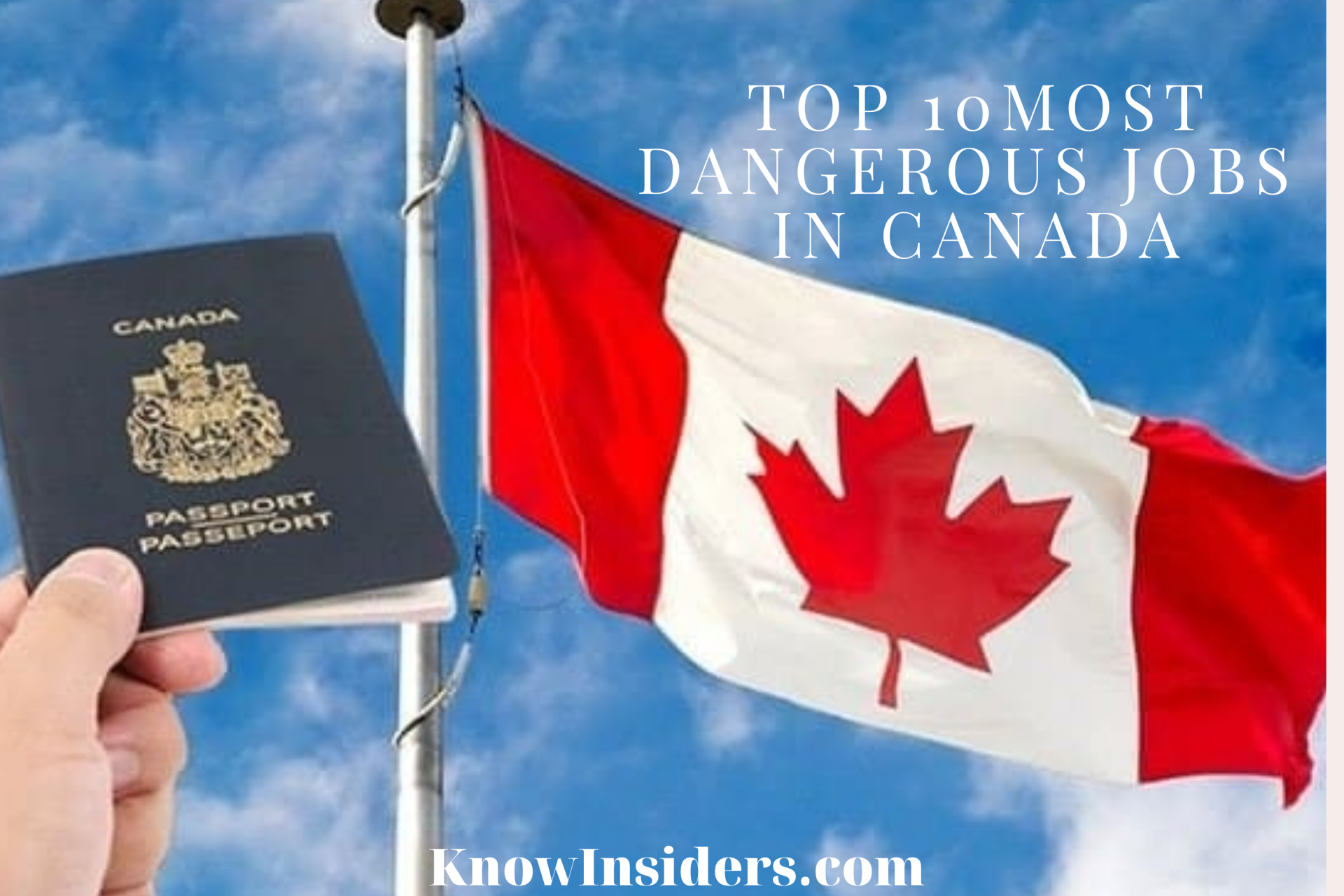 |
| Canada. Photo: Mixi's |
Every day people go to work and put their lives at risk, whether they are driving a truck, working construction, or flying a plane. Did you know that in Canada, according to a 2019 Report on Work Fatality and Injury Rates, almost 1000 employees died due to work-related causes?
One may think that the police officers who protect our streets have the riskiest jobs. In fact, nothing could be further from the truth.
The List of 10 Most Dangerous Jobs in Canada
1. Airline Pilot
2. Roofers
3. Power Line Workers
4. Structural Iron and Steel Workers
5. Truck Drivers
6. Mining and Quarry Workers
7. Farmers, ranchers, and agricultural managers
8. Loggers
9. Construction Workers
10. Trash and Recycling Collectors
What Are The Most Dangerous Jobs in Canada?
1. Airline Pilot
 |
| Photo: fox2now |
Choosing a career as a pilot may sound glamorous at first. You get to soar across the air, travel to various countries, and meet many interesting people in the places you land.
Although there are apparent advantages to being a pilot, there are also certain drawbacks. It can be very costly to study for and maintain your pilot's license. Also, you miss out on any family time as well as public holidays and your weekends.
A career as a commercial pilot comes with a lot of responsibility and stress. Although it is exciting flying an airplane, you are in charge of the lives of hundreds of passengers. Should anything happen, you can suffer from guilt leading to mental health issues. These stress and health issues go for both male and female pilots.
There is also a real issue with fatigue. Because you are flying worldwide, your body does not get time to relax during travel, and you can suffer from body fatigue. That is concerning as it could cause you as a pilot to make a mistake and ultimately cause an accident.
In Canada's aviation past, since the first air crash in Victoria, on August 6th 1913, there have been several catastrophic accidents. These include non-commercial and commercial Canadian aircraft.
2. Roofers
 |
| Photo: The Spruce |
As the name says, roofers work on roofs! It does not require any higher education to become one; however, you have to have a good head for heights and be good at working with your hands.
Although it is easy to become a roofer, it is a potentially hazardous job. It's unfortunate enough that a fall could kill you, but roofers still have to deal with several other dangers on the job. Roofers face various hazards daily, including burns from toxic tars and explosives, electrocution from contact with exposed power lines, and injury from fallen tiles and other roofing materials.
Per year, more than 40,000 workers in Canada are injured as a result of falls. Each year, about 50 roofers are killed on the job, the majority caused by falls.
OHSA regulations, mandate employers to take precautions to protect employees. They must provide training, information, and make sure they use or wear necessary protective equipment.
3. Power Line Workers
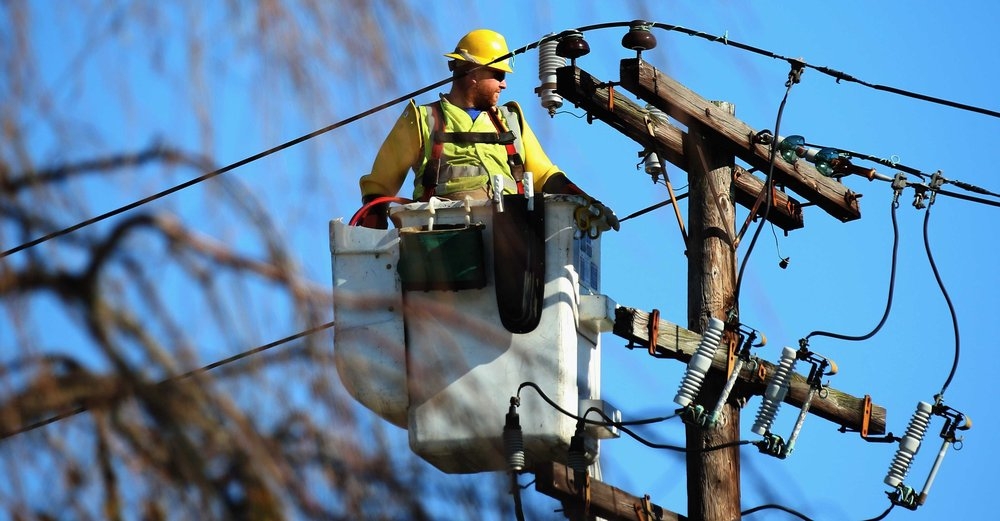 |
| Photo: thecoolist |
When you combine high-voltage power lines with severe weather, you have one of the most dangerous jobs in the world. Electrical power-line workers build, operate, and restore electrical power.
Wind-damaged lines are sometimes repaired by linemen, often during the same winds that caused the failure in the first place. They're pressed to get it done fast to return power to neighbourhoods, which can lead to deadly mistakes.
These workers work with high-voltage lines that can send thousands of watts flowing into their bodies at any minute!
In the last decade, there have been 1,250 recorded overhead powerline contacts in Ontario alone. That has resulted in an average of two fatalities per year.
4. Structural Iron and Steel Workers
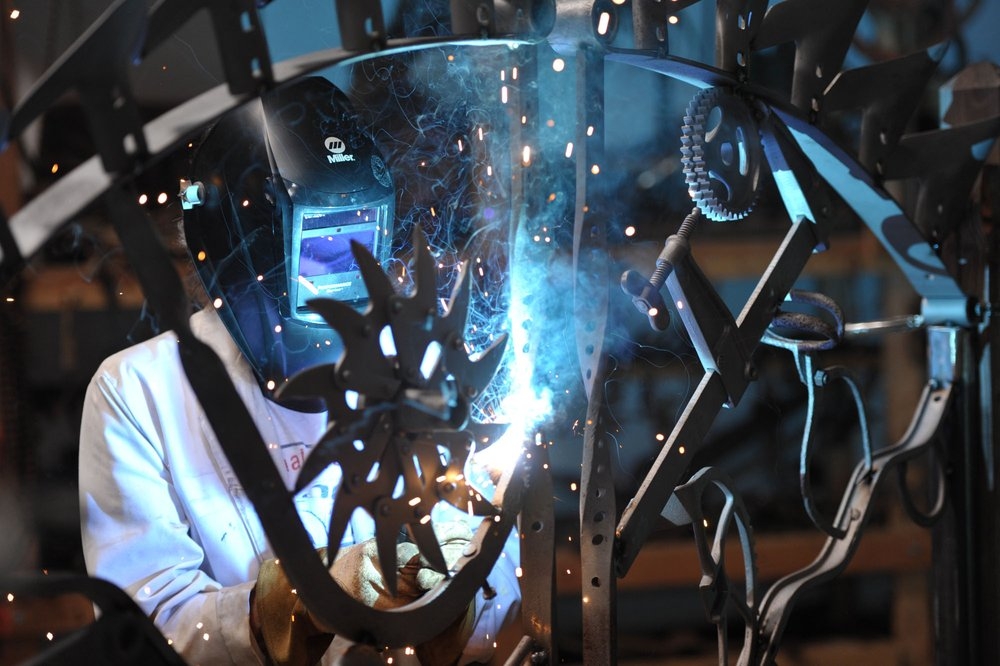 |
| Photo: thecoolist |
Installing iron and steel frames for houses, bridges, and other infrastructure is the job of an ironworker.
Ironworkers employed on a full-time basis are covered by generous group insurances. They include health, life, dental, and vision benefits. Usually, workers' compensation and retirement plans are also included. Additionally, the majority of employers offer paid sick leave and holiday pay to ironworkers.
Working with iron and steel beams and cranes all day is no doubt hazardous. Even though the materials they work with are heavy and massive, most of the 30.3 deaths per 100,000 workers are caused by falling or slipping accidents.
Despite the obvious risks in this industry, there is no sign of its appeal wearing off for workers, as it shows an anticipated 11% growth projection from 2018 to 2028, per the Bureau of Labor Statistics.
 Top 15 Most Dangerous Jobs In The US Top 15 Most Dangerous Jobs In The US The US job market offers citizens lots of jobs from acquiring high skills to low ones. Check out the top of 15 most dangerous jobs ... |
5. Truck Drivers
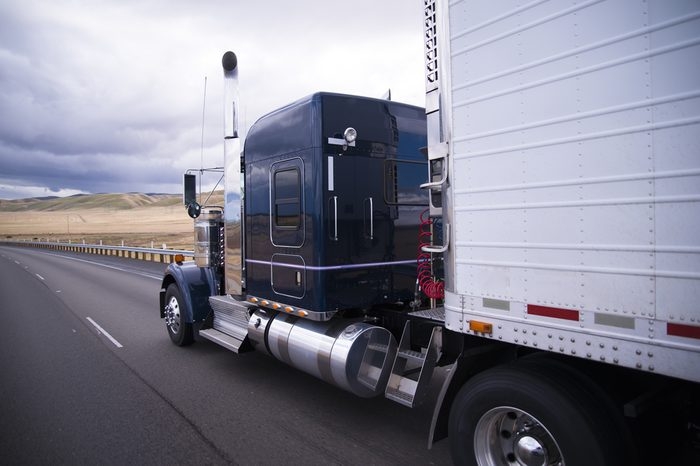 |
| Photo: rd |
Every worker’s daily commute is fraught with traffic, frustration, and danger. The risks increase exponentially for workers whose job is to drive all day long. Due to traffic accidents, truck drivers and other driving professionals experience 18 deaths per 100,000 trucking drivers.
I am sure that you have watched 'Heavy Rescue: 401?' It is a Canadian reality tv program that chronicles several heavy truck recovery and rescue towing companies.
6. Mining and Quarry Workers
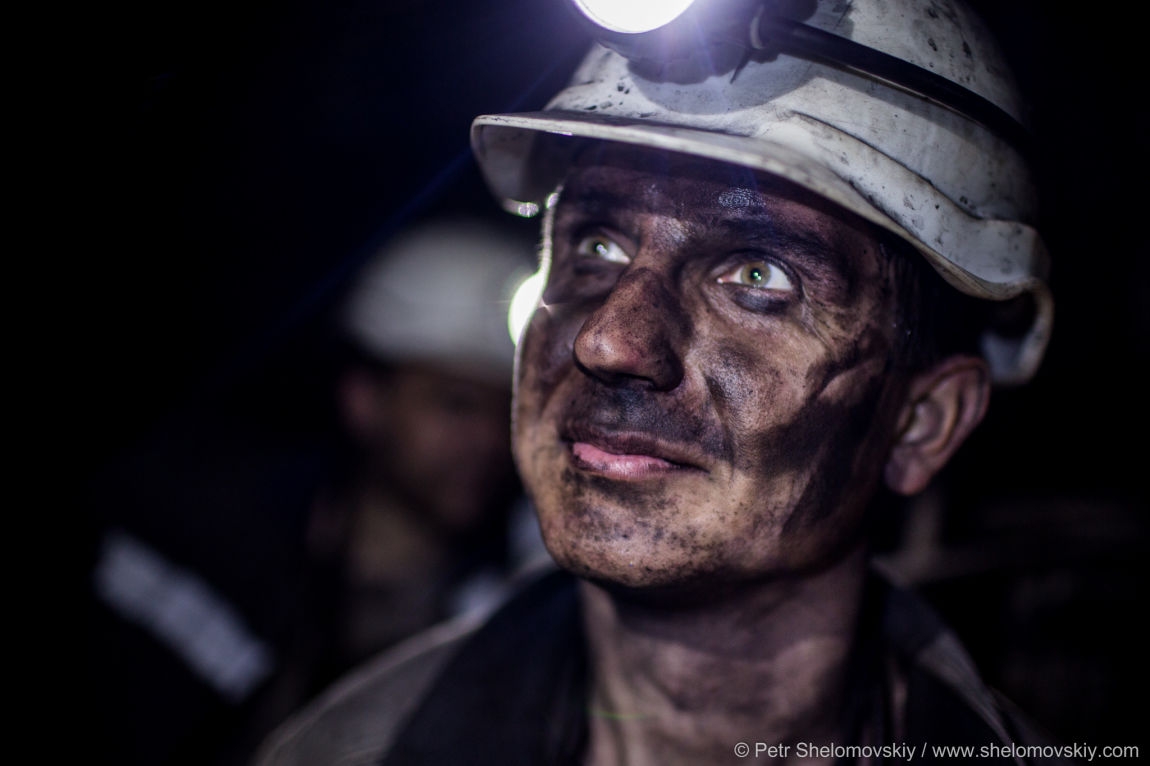 |
| Photo: Petr Shelomovskiy |
Cave-ins, fires, poisonous air, and high temperatures are just a few of the dangers of underground mining.
Many mines reward employees with cash compensation for superior safety results. These bonuses, most often are in the form of a set incentive for maintaining an accident-free record for a specified period of time.
The mining sector claims more lives and work injuries than any other industry.
One way to tackle the ever-dangerous mining conditions is through safety conditions. Also through machinery and software advancement, and increased automation.
7. Farmers, ranchers, and agricultural managers
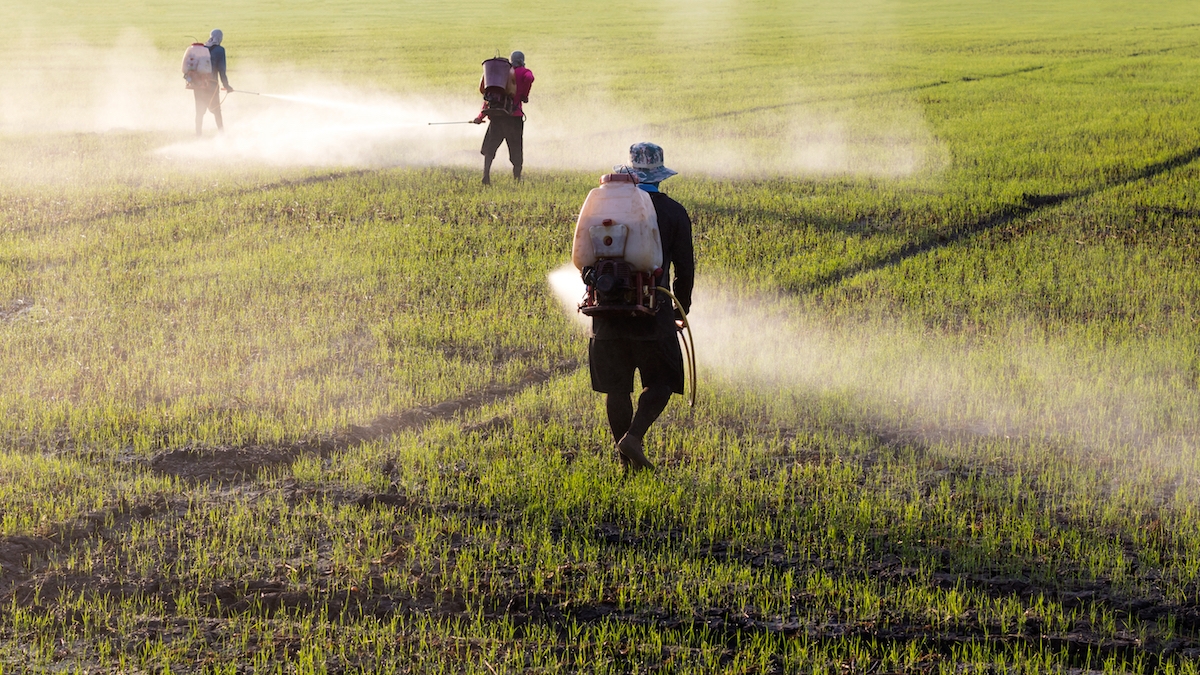 |
| Photo: fox2now |
In an industry that is vital to everyone, it is important to keep in mind that farmers, ranchers, and agricultural workers face risks daily. Even with the technological advances in the past few decades, farmers and ranchers still have to work with a lot of heavy equipment and machinery in inclement and otherwise uncooperative weather conditions.
They also work with a variety of motorized vehicles, such as tractors and lawnmowers, which are the main culprit in the 36 farmers and ranchers per 100,000 die per year from accidents.
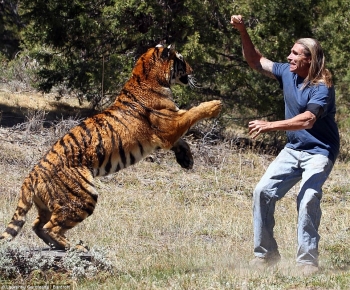 Top 20 Most Dangerous Jobs in The World Top 20 Most Dangerous Jobs in The World On a daily basis, people go to work to earn a living while also placing their lives at numerous risks. Check out the list of ... |
8. Loggers
 |
| Photo: USA Today |
Logging has consistently been ranked as one of the riskiest occupations in Canada.
A recent Discovery Channel series tracks a party of British Columbian loggers as they conduct logging in British Columbia. The loggers face an uphill battle climbing the mammoth trees, removing their ends and tops, and positioning them for lift-off. That series gives you an idea of tree logger life.
Annual fatal accident rates for loggers are about 100 per 100,000 workers on average.
Timber industries should adhere to all applicable government safety standards. Additionally, the industry should take a step forward by implementing safety controls. They should use safer equipment and machines for their employees. These changes will contribute to creating a safer working climate for logging workers.
9. Construction Workers
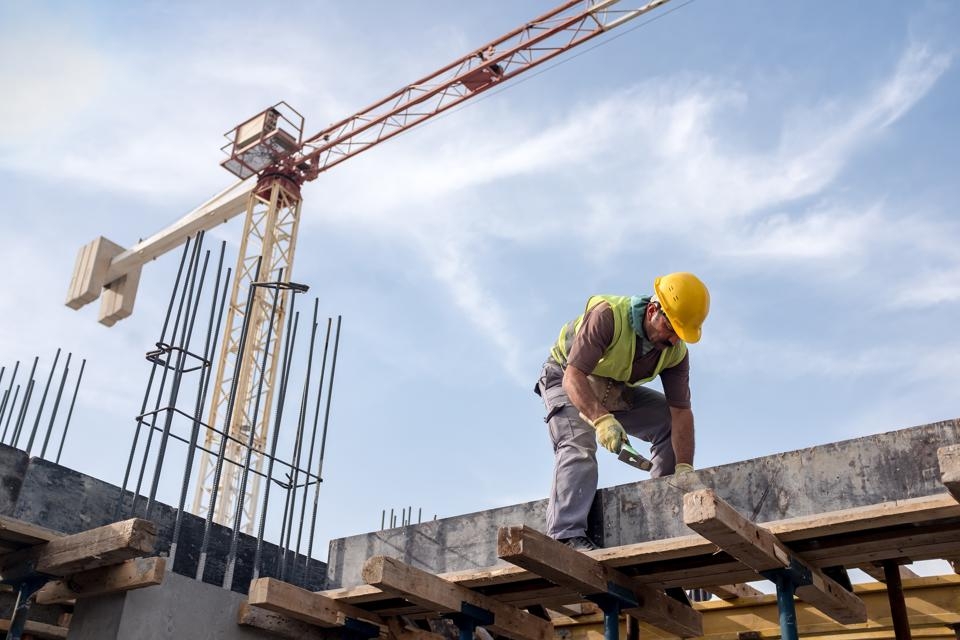 |
| Photo: Construction Today |
Construction is a significant sector of the Canadian economy, hiring over 1.2 million workers aged 15 and older. According to OSHA, one out of every five worker deaths were in construction.
Falls are top as a cause of death in the building industry since workers often work at great heights.
Construction needs to provide safety and health instruction to their workers to prevent accidents at work. Additionally, they must perform routine checks and make necessary equipment upgrades. Putting these measures in place will remove the majority of risks. Such as spills, electrocution, and dropping objects.
10. Trash and Recycling Collectors
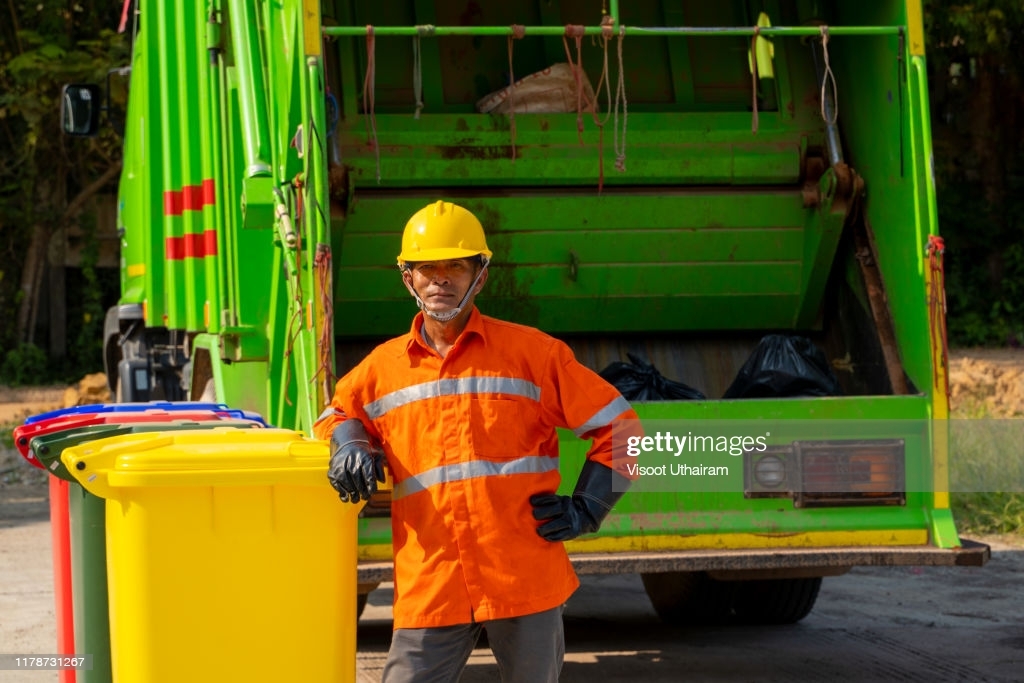 |
| Photo: Getty Images |
There are almost 35 000 trash collectors in Canada at one given time.
Though garbage collection does not seem to be a dangerous job, industry officials in Canada warn it can present health and safety hazards.
Many people may not consider refuse and recyclable collection a dangerous job, but workers put their lives on the line each time they clear residents’ containers. Its fatality rate comes in at 44.3, and most of these are caused by either the worker or the truck getting struck by another vehicle when trying to pass without slowing down.
To minimize accidents, protective gear should be used. These are rubber gloves, long trousers, and sturdy boots, ideally steel-toed.
Collectors must maintain current tetanus and hepatitis vaccinations. They should also where available, use automatic loading truck devices to load large and heavy bins.
Top 15 best jobs in Canada
| Top 15 Jobs in Canada in 2021 | |
|---|---|
| Occupation | Average Annual Salary in CAD (Source: Neuvoo) |
| 1. Administrative assistant | $43, 875 |
| 2. Customer service representative | $34, 125 |
| 3. Sales associate | $37, 050 |
| 4. Driver | $44, 234 |
| 5. Accounts payable and receivable clerk | $34, 750 |
| 6. Registered nurse | $80, 126 |
| 7. Project manager | $90, 675 |
| 8. General laborer | $31, 919 |
| 9. Welder | $43, 875 |
| 10. Electric engineer | $74, 997 |
| 11. Software developer | $85, 600 |
| 12. Merchandiser | $31, 346 |
| 13. Accountant | $58, 500 |
| 14. HR manager | $78, 975 |
| 15. Financial advisor | $77, 739 |
Bonus In-Demand Careers in CanadaDiverse businesspeople working in shared office, focus on black american team leader sitting at desk together with females colleagues, mentor helps understand research data company corporate program There are some job skills that the Canadian Government priorities for immigration and visa purposes. Can you guess what they are? Even before the pandemic, Canada faced job shortages due to a rapidly aging population and an increasing trend that sees young Canadians relocate to urban areas throughout the country. Vancouver, Montreal, and Toronto are come to more than one-third of all Canadians. Canada has job-specific immigration pilots, streams, and programs for foreign nationals to move to the country and fill jobs in high demand occupations. In fact, 11 of the 13 Canadian provinces publish annual in-demand occupations lists as part of their Provincial Nomination Programs (PNPs). |
 Top 15 Most Dangerous Jobs In The US Top 15 Most Dangerous Jobs In The US The US job market offers citizens lots of jobs from acquiring high skills to low ones. Check out the top of 15 most dangerous jobs ... |
 Top 10 Most Dangerous Jobs in UK Top 10 Most Dangerous Jobs in UK The job market in the Uk varies in numerous fields. Right below is a list of 10 most dangerous jobs in the Uk. |
 Top 20 Most Dangerous Jobs in The World Top 20 Most Dangerous Jobs in The World On a daily basis, people go to work to earn a living while also placing their lives at numerous risks. Check out the list of ... |


























